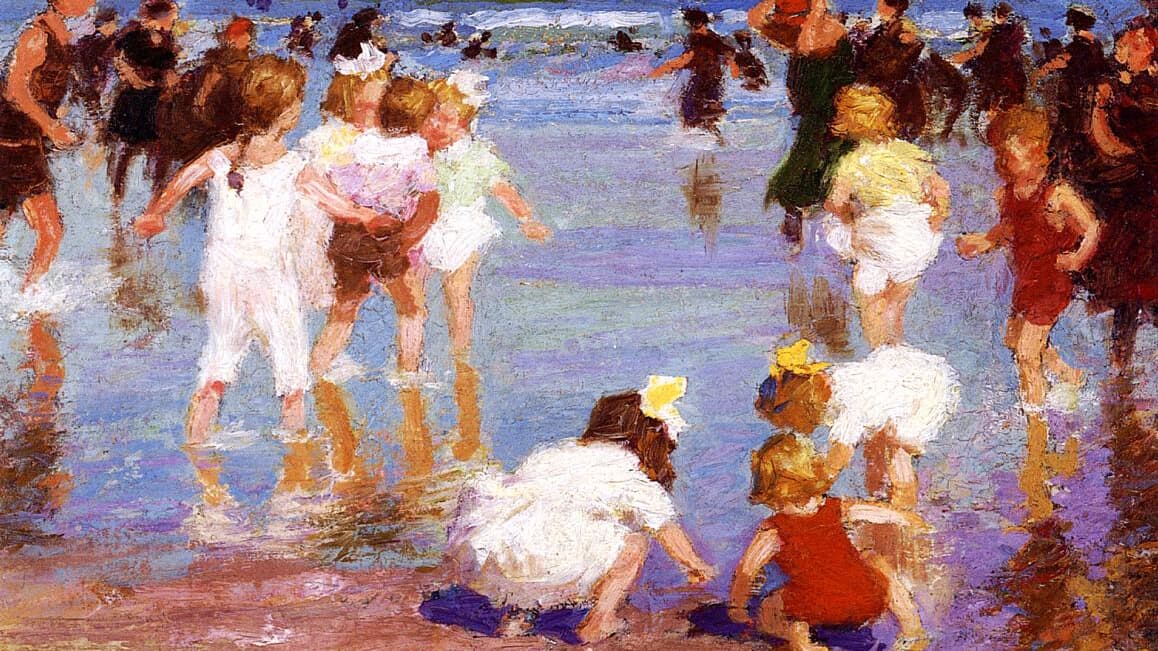Czech composer Leoš Janáček had just turned 70 when, in July of 1924, he composed the wind sextet, Mládi, JW 7/10 (“Youth”).
In a letter to Kamila Stösslová, Janáček described the work as “a kind of memory of youth.” The four movement suite formed a musical reminiscence of his student days at the Augustinian monastery of St Thomas in the old Moravian city of Brno. For Janáček, these formative years were marked by fun childhood games, as well as loneliness and loss.
A year earlier, Janáček heard the French ensemble Société de Musique de Chambre pour Instruments á Vent perform works of contemporary composers such as Albert Roussel. The experience inspired Janáček to write for an ensemble made up entirely of wind instruments. Mládi is scored for flute (alternating in the third movement with piccolo), oboe, clarinet, bass clarinet, horn and bassoon. The colorful addition of the bass clarinet expanded the more typical wind quintet scoring.
Janáček often used a technique known as “speech-melody” which outlined the contours and rhythms of the Czech language. The opening theme of the first movement, played by the oboe, translates into the words, “Mládí, zlaté mládí,” (“Youth, golden youth”).
Set in D-flat major, the second movement begins with a solemn theme, introduced by the bassoon, which resembles a funeral dirge. Developing from the theme, four variations move into wistful, introspective territory. Perhaps this music was inspired by recollections of childhood loneliness following the death of his father.
The third movement (Vivace) quotes March of the Blue-Boys, a brief piece for piccolo, bells, and tambourine, that Janáček composed in May of 1924. Blue was the color of the uniforms worn by the students at Brno. The composer added the inscription, “The little singers of the monastery cheer as they march – blue like bluebirds.”
The final movement (Allegro animato) begins with echoes of the first movement’s principal theme. A jubilant march-like theme surges forward, but there is also a sense of lingering nostalgia.
Completed four years before Janáček’s death, Mládi is a touching musical reminiscence, a celebration of idealized youth. The sunny strains of Czech folk music fade into twilight.
I. Allegro:
II. Andante sostenuto:
III. Vivace:
IV. Allegro animato:
Recordings
- Janáček: Mládi, JW 7/10, Orpheus Chamber Orchestra Amazon
Featured Image: “Happy Days” (c. 1910-1920), Edward Henry Potthast

